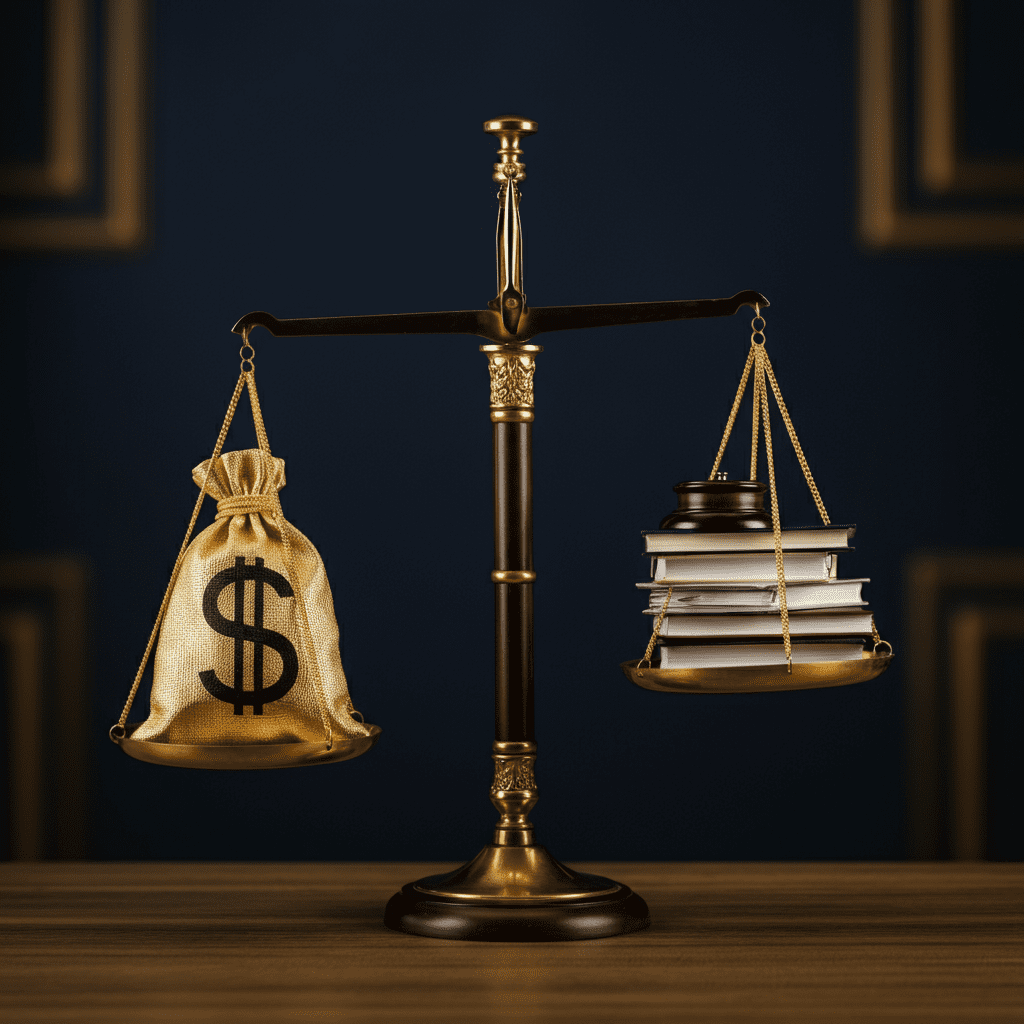Introduction
Bankruptcy is meant to give honest debtors a fresh start. In exchange, filers must disclose all assets so creditors can receive what they’re owed. Some, however, try to cheat the system by concealing assets in bankruptcy—a form of fraud. This article highlights a real case where a woman hid a six-figure inheritance during her Chapter 7 filing. It also explores how the scheme was uncovered, the legal consequences, and how forensic accounting can help detect and prevent fraud.
What is Bankruptcy Fraud?
Bankruptcy fraud often involves asset concealment. When someone files for bankruptcy, all their property becomes part of the “bankruptcy estate” and must be disclosed under penalty of perjury. Hiding assets—whether cash, property, or valuables—undermines the process and deprives creditors of rightful payments.
Other frauds include submitting false statements, filing in multiple jurisdictions, or transferring assets to others to hide them. These acts are federal offenses, each punishable by up to five years in prison and fines. Fraud undermines the trust that bankruptcy courts rely on to function fairly justice.gov.

Case Study: The Hidden Inheritance
In December 2022, Debra S. Leisinger of Iowa filed for Chapter 7 bankruptcy and swore that her filings were accurate. However, she failed to disclose a $147,969.28 inheritance check she had received just one week earlier justice.gov. After filing, she cashed the check at her credit union and controlled the funds herself justice.gov .
Her goal was clear: avoid reporting the inheritance to the bankruptcy court and keep the money. Had she disclosed the check, it would have gone to pay off creditors. Instead, she attempted to benefit from both debt discharge and an undisclosed windfall.
Eventually, the scheme came to light. Whether a creditor tipped off the court or a trustee noticed financial discrepancies isn’t known, but Leisinger was charged with concealment justice.gov. She pleaded guilty in August 2023 to hiding the inheritance in her bankruptcy schedules.
Legal Consequences
Although her exact sentence hasn’t been made public, bankruptcy fraud usually leads to serious penalties. These include prison time, loss of debt discharge, restitution, and lasting reputational damage. In similar cases, individuals have faced prison for amounts similar to the $147,000 Leisinger concealed.
Aside from criminal charges, debtors who commit fraud often lose their bankruptcy protection. Leisinger likely remained liable for her original debts and may have had to surrender what remained of the inheritance. Fraud harms creditors—often small businesses or individuals—who extended credit in good faith.
How Bankruptcy Fraud Is Detected
The bankruptcy trustee plays a central role in fraud detection. Trustees review filings, question debtors under oath during 341 meetings, and investigate suspicious financial behavior. Creditors also contribute by reporting inconsistencies.
Digital footprints, social media posts, and lifestyle mismatches can expose fraud. For example, showing off luxury purchases while claiming poverty raises red flags. In Leisinger’s case, the large inheritance check and its deposit trail were likely too significant to ignore.
Forensic accountants support these investigations by analyzing financial records. They trace deposits, withdrawals, and transfers to uncover hidden assets or fraudulent behavior. If someone tries to structure withdrawals or transfer assets to relatives, forensic experts can follow the money and document deception.
Conclusion: Honesty Is Essential in Bankruptcy
The lesson is simple: honesty is essential. Bankruptcy offers a second chance, but only for those who fully disclose their assets. Concealing property like an inheritance risks criminal charges, debt liability, and lasting personal consequences.
If you’re unsure about disclosing certain assets, speak with a bankruptcy attorney or financial professional. And if you suspect someone is hiding assets, firms like Truescope Consulting offer expert forensic analysis to uncover the truth and support legal action. Bankruptcy fraud is a crime—and with the right tools, it doesn’t stay hidden for long.











